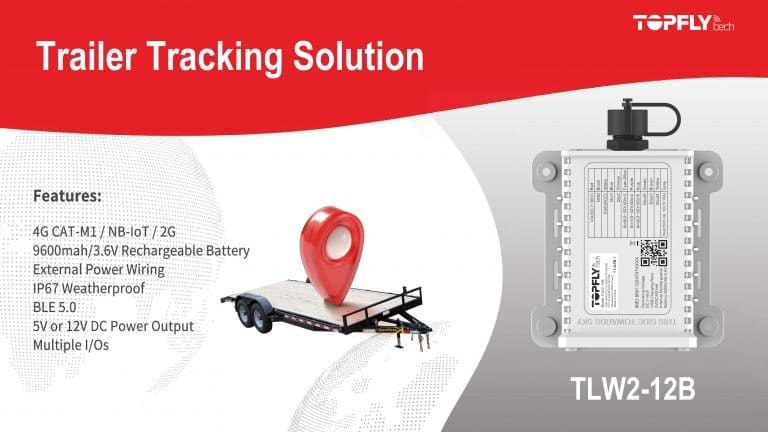
Global Positioning System (GPS) has become an integral part of many location-based services and applications. However, there are scenarios where GPS signals may be unavailable or weak, such as indoors or urban canyons. In such cases, alternative positioning technologies like Location-Based Services (LBS) and WiFi positioning can offer viable solutions. This article explores how LBS positioning and WiFi positioning can fill the gap when GPS signals are absent.
LBS positioning relies on cellular network infrastructure to determine the location of a device. By utilizing the signals from nearby cell towers, LBS can estimate the device’s position. This technique is particularly useful in urban areas where the density of cell towers is high. LBS positioning can provide relatively accurate results, with an accuracy range of tens to hundreds of meters. It is commonly used in applications like location-based advertising, emergency services, and asset tracking.
WiFi positioning leverages the presence of WiFi access points to estimate the device’s position. This technique works by comparing the MAC addresses of nearby WiFi networks with a database of known access points and their corresponding locations. By triangulating the signals from multiple access points, WiFi positioning can determine the device’s position with reasonable accuracy. The accuracy of WiFi positioning can range from a few meters to tens of meters, depending on the density of WiFi networks in the area. WiFi positioning is widely used in indoor navigation applications, location-based services, and geofencing.
When GPS signals are unavailable, a combination of LBS positioning and WiFi positioning can provide an effective solution for determining device location. LBS positioning can offer an initial location estimate based on the proximity to cell towers. This estimate can provide a rough idea of the user’s location. However, LBS positioning alone may lack the desired precision for certain applications.
To enhance accuracy, WiFi positioning can be employed in conjunction with LBS positioning. By scanning for nearby WiFi access points and comparing them with a database, the device can obtain more precise location information. The combination of LBS and WiFi positioning allows for a more reliable and accurate positioning solution, even in GPS-denied environments.
In scenarios where GPS signals are absent or weak, LBS positioning and WiFi positioning offer viable alternatives. By leveraging cellular networks and WiFi access points, these technologies can provide reliable and accurate location estimates. The combination of LBS and WiFi positioning can bridge the gap left by GPS signal absence, enabling various applications such as indoor navigation, location-based services, and asset tracking. As technology continues to evolve, LBS and WiFi positioning will play increasingly crucial roles in delivering seamless and accurate location-based experiences in diverse environments.
As one of the IoT leaders, TOPFLYtech provides LBS+WIFI positioning solution to enhance your tracking experience. Also you can contact us at sales@topflytech.com for more tailored solutions for various use cases.


